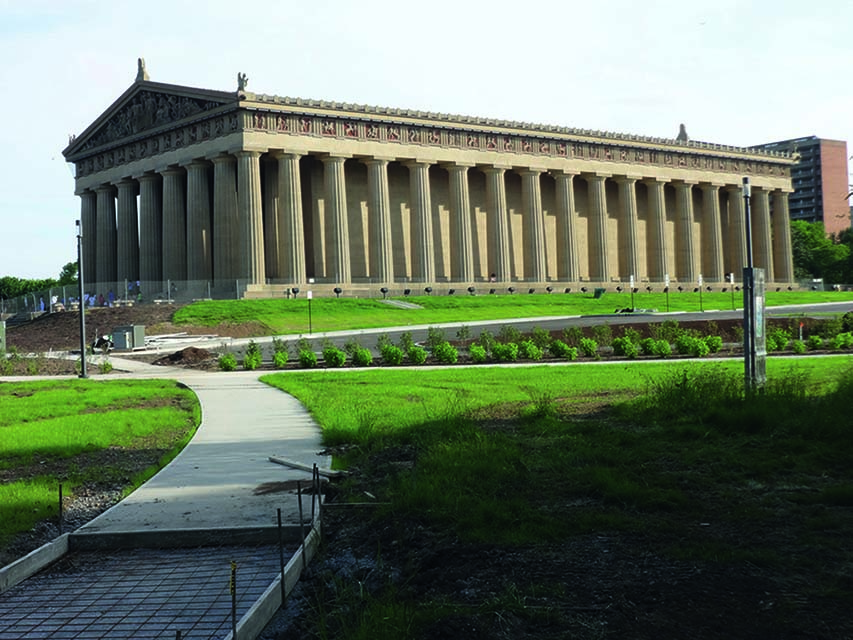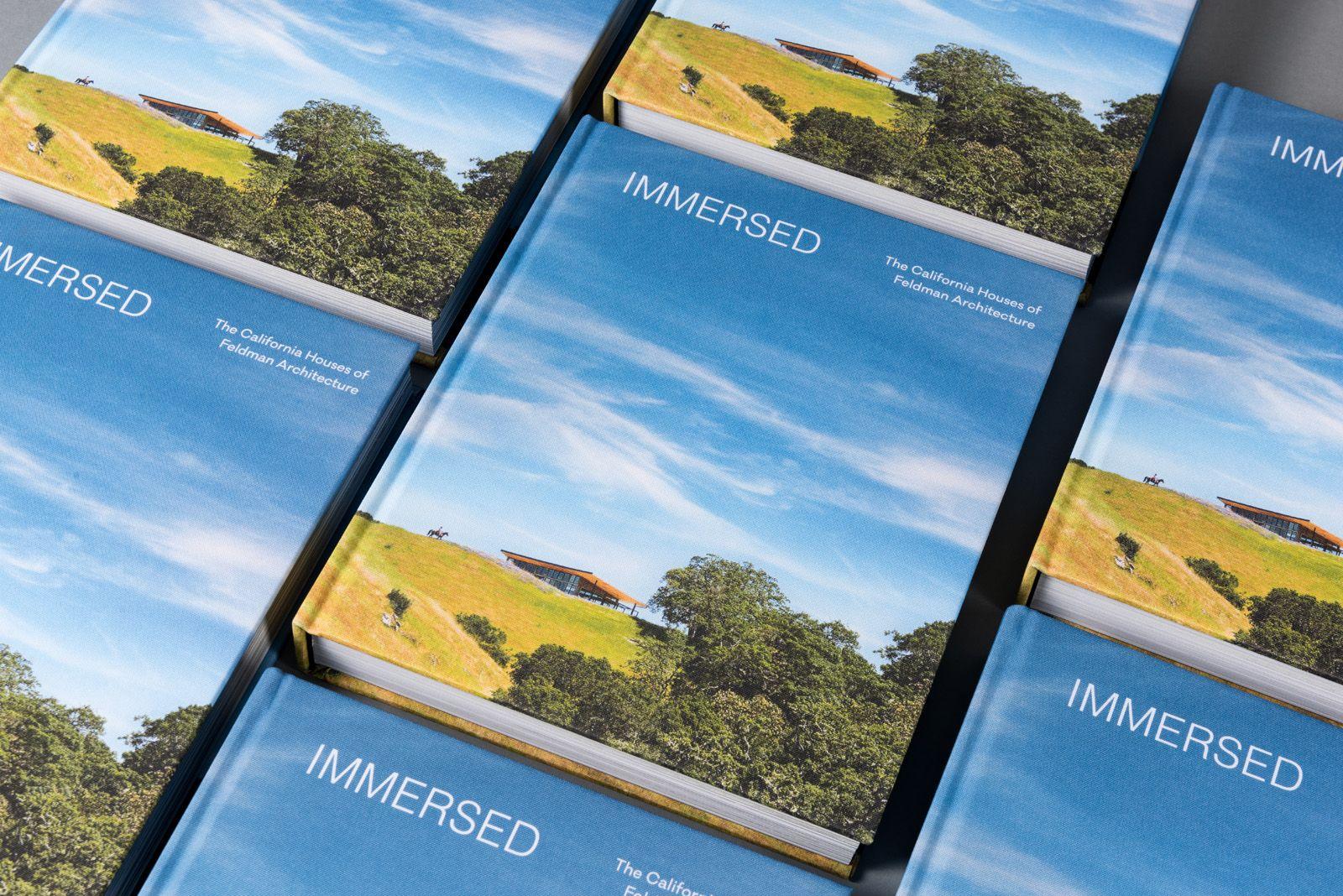In a time of fake news – and now, bogus debates – why not take a look at fake architecture around the world?
That was Anne-Catrin Schultz’s thinking when she sent out a call for entries on the topic to nearly everyone she knew. “There was no funding,” the associate professor of architecture at Wentworth Institute of Technology in Boston says. “I just went for it.”
The result is a book called “Real and Fake in Architecture: Close to the Original, Far from Authenticity?” It consists of 18 chapters that flip back and forth between essays and photography. Schultz’s own chapter is titled “Is fake the new real?”
The book covers the architectural waterfront, starting with the Parthenon in Athens, then moving on to its exact replica, built of poured concrete in 1897, in Nashville. Then there’s the 1983 Parthenon of Books by Argentinean artist Marta Minujín, who used thousands of prohibited books to construct a replica of the Parthenon on the site of a 1933 Nazi book-burning site in Kassel, Germany.
Sure, the materials differ from the original’s marble, but piffle.“Often technology has moved forward, and they’ll use that instead of original technology,” she says.
That’s certainly the case with St. Mark’s Campanile in Venice, where construction was begun in the 10th century and topped off in 1514 with belfry and spire. When it collapsed in 1902, it was rebuilt using much of the original material – but also reinforced concrete.
Schultz’s book looks to Venice in other ways too – especially comparing the real thing with the Venetian Hotel in Las Vegas. “You might smell the chlorine in the canals there,” she says. “It’s the perfect merger of the real and the fake and the virtual – it’s more about the overall experience rather than what you see when you get up close.”
Then there are the Best Products showrooms from the 1970s and ‘80s, by James Wines and SITE. Buildings that doubled as advertising, they were designed to be memorable. “They were tricking people into buying,” she says. “But they were quite inventive, with a lightness to them – actually, they were quite wonderful.”
So here we have the perfect read for 2020: A real book about fake architecture.
For more, go here.
[slideshow id=2219]



